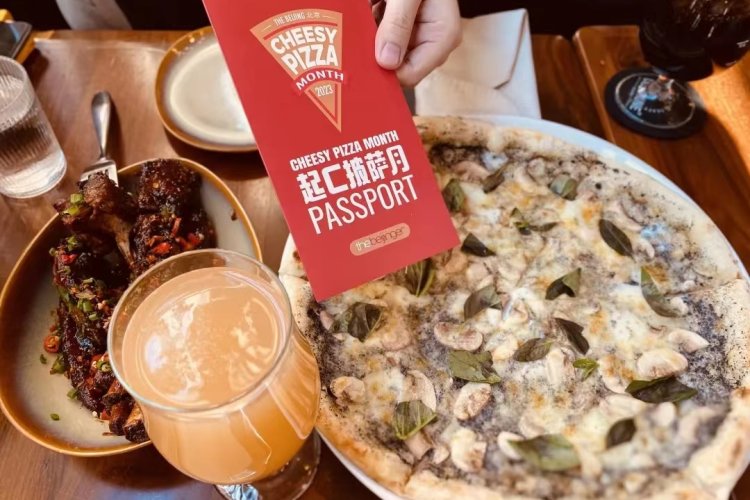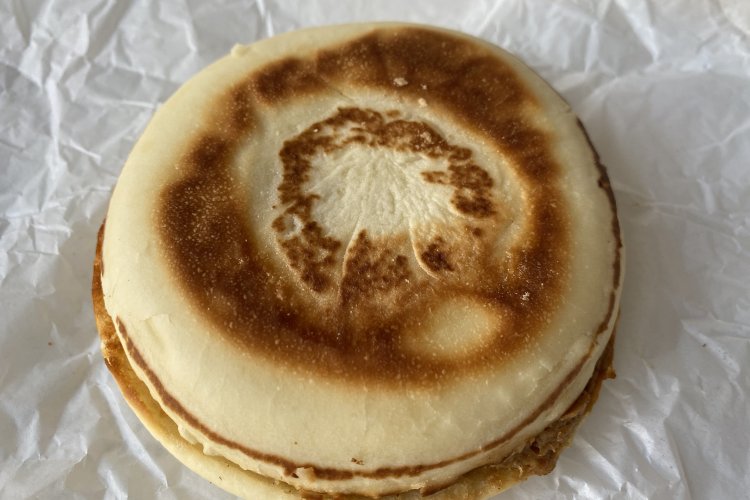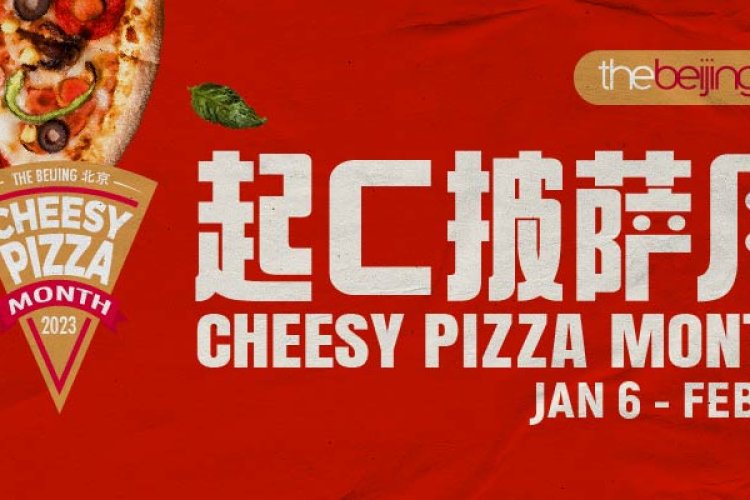Fast Food Kingdom: Not All Haste Makes Waste
You’re surrounded. The old man’s blocking your way forward again, his face etched by shadow. Behind you, the “little dragon” awaits with raised fists threatening a one-inch punch, while a circular creature chomps impatiently on your right. To your left, a manic little girl beams at you with scrunched-up eyes. No, you haven’t fallen into some kind of psychedelic video game. You’re just overwhelmed by the Chinese fast-food options at a local food court. As Sun Tzu says, the time has come to “know thy enemy.” Read on for a quick survey of Beijing’s most ubiquitous kuaican chains.
Kungfu 真功夫
Most expats know it as “that Bruce Lee place,” but Kungfu claims to have created modern Chinese fast food 15 years ago with the invention of an “automatic steam cabinet.” The chain’s attempts at healthy cooking are hit-and-miss – you’re better off sticking with the simpler items on the menu. It’s hard to go too wrong with just meat and sauce, so you’re safe with their “fragrant sauce” pork rib rice (xiangzhi paigu fan 香汁排骨饭, RMB 16.5) and a side order of broccoli (RMB 6.5). Avoid the xiefen shizitou fan (蟹粉狮子头饭, RMB 16) at all costs; fatty pork meatballs speckled with crab roe might be a winner in the hands of a capable chef, but Kungfu’s version is inedible.
Hehegu 和合谷
Their rice-bowl menu looks suspiciously like Yoshinoya’s, with the same sodium-laden beef and teriyaki chicken, but Hehegu does offer a few unique rice toppings. Try the spicy fish fillets (ganshao shuizhu yu fan 干烧水煮鱼饭, RMB 20) or the surprisingly good vegetarian option of “Buddha’s Feast” (luohan shangsu fan 罗汉上素饭, RMB 17.5).
Mr. Lee 李先生
For years, Mr. Lee attracted local diners with the promise of “authentic” California beef noodle soup, but the chain has since dialed down its claims to West Coast street cred, rebranding itself simply as Mr. Lee. That grandfatherly visage has kept watch over legions of newly landed expats lacking the language skills and iron stomachs required for more adventurous food explorations. You’re best off sticking to what Lee knows best – the rice dishes lack the steady consistency of the noodle soups.
Yippin 一品三笑
This chain’s specialty is Taiwanese-style braised pork rice (jinpai lurou fan 金牌 卤肉饭, RMB 13.5). They also serve a standard curry chicken leg rice (gali jitui fan 咖喱鸡腿饭, RMB 12.5). Meat, potatoes, carrots – what’s not to like? Stay away from Yippin’s non-sequitur “Italian meat sauce” noodles (yishi roujiang mian 意式肉酱面, RMB 14). As the kids on Sesame Street will tell you, “One of these things is not like the others.”
Yonghe Dawang 永和大王
Yonghe is a minefield of dishes that promise one thing but deliver another, but the fragrant spicy beef noodle soup (xiangla niurou mian, 香辣牛肉 面) is a safe choice. This chain’s main selling points are its opening hours (most branches are open 24 hours) and its all-day breakfast. Yonghe is one of the few places in the city where you’ll find fried cruller (youtiao 油条, RMB 3) after 9am. Try it dunked in a cup of sweetened soy milk (doujiang 豆浆, RMB 3).
Lao Shanghai 老上海城隍庙小吃
This cafeteria-style chain specializes in Shanghainese snacks, but it also carries a few hearty staples as well. The drumstick rice (jitui fan 鸡腿 饭, RMB 17) and pork rib noodles (dapai mian 大排面, RMB 12) serve as a filling base for a meal that can be further supplemented by simple dim sum offerings like barbecue pork buns (chashao bao 叉烧包, RMB 5) or soup dumplings (xiaolongbao 小笼包, RMB 8). Let’s be honest, Lao Shanghai’s soup dumplings don’t stand a chance next to Din Tai Fung’s, but they’re a cheap hit if you’re jonesing for a slurp. Locations rotate their smaller dishes depending on availability, so you’ll need to read the wooden tablets hanging behind the counter to see what they have in stock.
Shunkouliu 顺口溜
With its focus on traditional Shaanxi cuisine, this chain’s food tilts towards sour and spicy. You’ll want to ask them to tame the hotness if you’re not used to it. The classic Qishan saozimian (岐山臊子面, RMB 18.9) is a good bet. The rice with beancurd, celery and pork (dougan xiangqin rousi fan 豆干香芹肉丝饭, RMB 19) and the assorted vegetable mix (suzaban 素杂拌) are also pleasant options.
Tian Laoshi 田老师红烧肉
Locals don’t think much of Tian Laoshi, at least according to review site Dianping.com, but you can’t argue with the convenience of its 24-hour schedule. Stick with their specialty: red-braised meat on rice (hongshaorou fan 红烧肉饭, RMB 9).
Malan Noodles 马兰拉面
If you crave northern-style hand-pulled noodles in a hurry, Malan’s beef noodle soup (niurou lamian 牛肉拉面, RMB 14) will satisfy with their excellent texture. The broth, though, is utilitarian – not up to par with rival Mr. Lee. We’d advise you against branching out into Malan’s rice dishes.
Chengdu Xiaochi 成都小吃
As far as we know, Chengdu Xiaochi locations aren’t operating in concert, but with their common branding and consistent menus, they might as well be. These Sichuan joints represent more of a risk when it comes to sanitation, but they’re hard to resist. Dry-fried green beans (ganbian sijidou 干煸四 季豆) are a favorite. Vegetarians can always fill up on di sanxian (地三鲜), an earthy trio of potatoes, eggplant and bell peppers.
Shaxian Xiaochi 沙县小吃
Hailing from Fujian province, these Shaxian Xiaochi chain restaurants churn out an assortment of affordable dumplings and wontons. The willow leaf dumplings (liuyue zhengjiao 柳叶蒸饺, RMB 5/steamer) are notable. Also worth a try is the piaoxiang banmian (飘香拌面, RMB 5) with its slippery knot of noodles in a nutty, spicy sauce. With their exceptional value, these shops will keep your tastebuds from languishing while you await your next paycheck.
Click here to see the April issue of the Beijinger in full.






